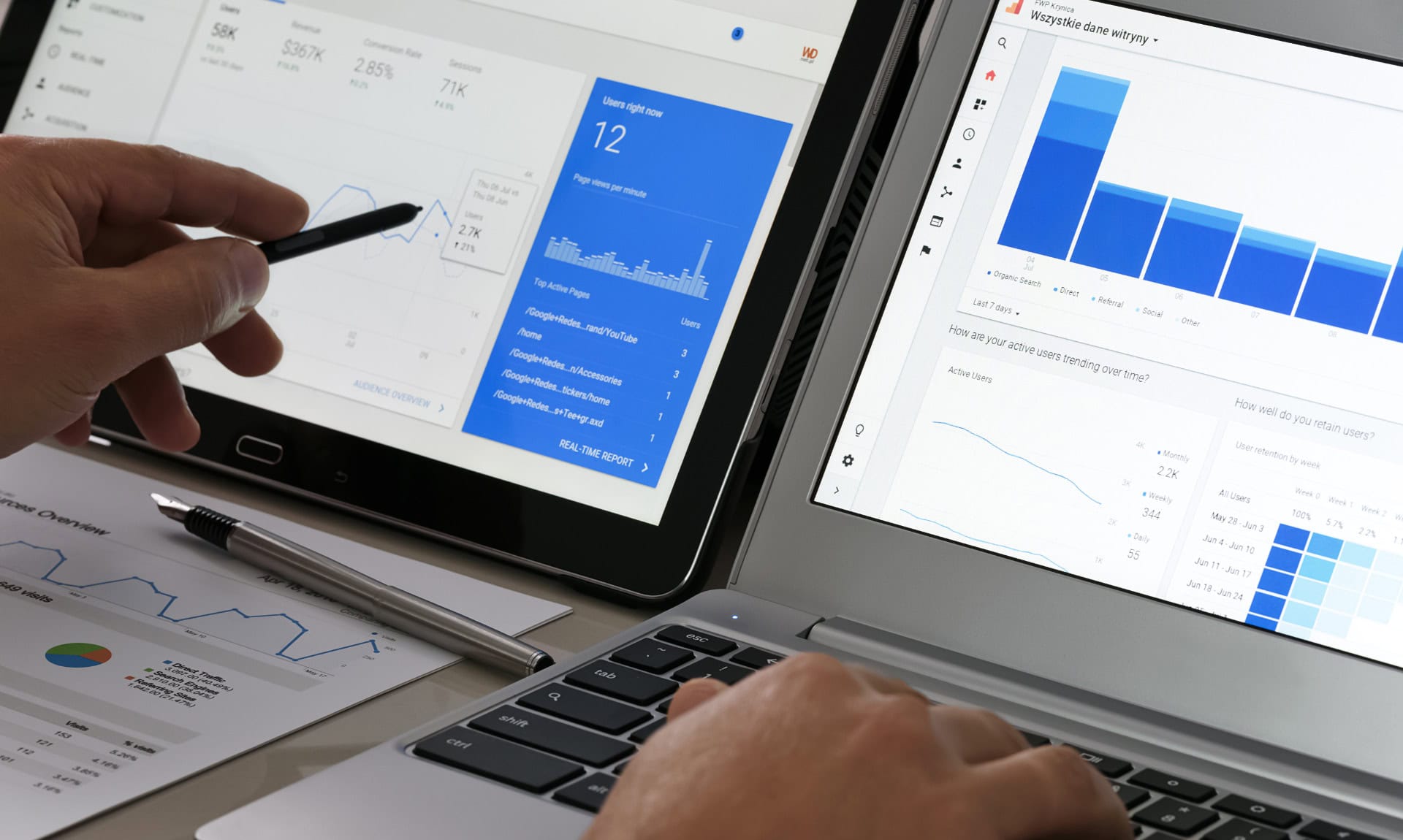
Local TV Advertising Rates: Complete Guide for Marketers
Understanding local TV advertising rates is crucial for marketers looking to maximize their budget. Knowing how much a local TV commercial costs can help you plan effectively and reach your target audience.
This guide dives into the specifics of local TV ad costs, offering insights into factors influencing prices, strategies to optimize spending, and tips for measuring ROI.
How Much Does a Local TV Commercial Cost?
The cost of a local TV commercial typically ranges from $5 to $100 per 1,000 viewers (CPM).
This wide range depends on various factors such as the size of the market, the time slot during which the ad airs, and the popularity of the program. Prime time slots and popular shows command higher rates, while less popular times can be significantly cheaper. Additionally, production costs and the length of the commercial also influence the overall local TV advertising rates.
Cost to Produce a Local TV Commercial
First, let’s discuss the video production process for local TV advertising. Producing a local TV commercial involves several stages, each with detailed activities and associated costs.
Planning & Development
This step involves conceptualizing the commercial’s idea and strategy, setting the foundation for the entire project. Some tasks in this phase include:
- Market Research: Conduct in-depth analysis of the target audience, competitors, and market trends to inform the commercial’s concept and ensure it resonates with viewers.
- Creative Concepting: Brainstorm and develop multiple ideas for the commercial, selecting the most compelling concept that aligns with the brand’s message.
- Scriptwriting: Write a detailed script, including dialogue, scene descriptions, and any specific actions or movements required, ensuring it conveys the intended message effectively.
- Budgeting: Create a comprehensive budget that accounts for all stages of production, including pre-production, production, post-production, and marketing costs.
- Approval Process: Present the concept, script, and budget to stakeholders or clients for feedback and approval, making necessary adjustments based on their input.
Pre-Production
This phase focuses on organizing and preparing all the elements needed for filming, ensuring a smooth production process. Some tasks you may encounter here are:
- Casting: Conduct auditions and select the best actors, spokespersons, or extras who fit the roles required for the commercial, negotiating contracts and fees.
- Location Scouting: Identify and secure suitable locations for filming, considering factors like accessibility, permits, and the visual appeal of the settings.
- Storyboarding: Create detailed visual storyboards that outline each scene, shot by shot, providing a clear guide for the production team.
- Scheduling: Develop a detailed shooting schedule that coordinates all necessary resources, personnel, and equipment, ensuring efficient use of time and budget.
- Equipment Rental: Rent high-quality cameras, lighting, sound equipment, and any other necessary gear, ensuring all technical requirements are met for the shoot.
Production
The actual filming of the commercial takes place during this stage, requiring careful coordination and execution. During this phase, some tasks include:
- Directing: The director oversees the shoot, guiding actors and crew to ensure the vision is executed as planned, and making real-time adjustments as needed.
- Cinematography: Capture the visual elements of the commercial with professional cameras and lighting setups, focusing on achieving the desired look and feel.
- Sound Recording: Record high-quality audio on set, including dialogue, sound effects, and ambient sounds, using professional microphones and sound equipment.
- Set Design: Create and arrange the physical settings where the commercial is filmed, including props, backdrops, and any necessary modifications to the location.
- On-Set Management: Coordinate the crew, manage logistics, and ensure all activities stay on schedule, addressing any issues that arise promptly to avoid delays.
Post-Production
Editing and finalizing the commercial are the main activities in this stage, transforming raw footage into the finished product. Some tasks in this stage include:
- Editing: Cut and arrange the footage to create a cohesive and engaging narrative, adding transitions and effects as needed to enhance the visual flow.
- Sound Design: Design and mix audio elements, including dialogue, sound effects, and music, ensuring they complement the visuals and enhance the overall impact.
- Visual Effects: Incorporate special effects, animations, and graphics to add visual interest and convey complex ideas effectively.
- Color Grading: Adjust and enhance the colors of the footage to achieve a consistent and appealing look, correcting any issues with exposure or color balance.
- Client Review: Present the final cut to the client or stakeholders for feedback, making any necessary revisions to meet their expectations and ensure satisfaction.
Marketing & Distribution
This step involves getting the commercial in front of the target audience, maximizing its reach and effectiveness. This stage includes:
- Media Buying: Purchase ad space on local TV channels, negotiating rates and placement to ensure optimal visibility for the commercial.
- Scheduling Ads: Plan the times and shows during which the ad will air, targeting periods with the highest potential viewership for the intended audience.
- Audience Targeting: Use demographic and viewing data to ensure the commercial reaches the desired audience, maximizing relevance and impact.
- Monitoring Performance: Track the ad’s reach, frequency, and effectiveness using marketing metrics like TV viewership data and engagement rates, providing insights for future campaigns.
- Adjusting Strategy: Analyze performance data and make strategic adjustments to the media plan, optimizing placement and timing to improve results and ROI.
Cost to Air a Local TV Advertisement
Several factors influence the cost to air a local TV advertisement. The primary TV advertising cost drivers for local placements are:
Region
The geographic area where the ad airs significantly impacts rates. Ads in larger, more populous regions typically cost more due to higher potential viewership and increased demand.
Network
The choice of network affects ad rates, with major networks like ABC, NBC, or CBS generally charging higher prices compared to local or independent channels due to their broader reach and higher viewership.
Time of Day
Prime time slots, usually between 7 PM and 10 PM, command higher rates because of peak viewership. In contrast, ads airing during late-night or early-morning slots are cheaper due to lower audience numbers.
Day of Week
Local TV advertising rates vary by day, with weekends and weekdays experiencing different viewership patterns. Typically, ads during weekend evenings cost more due to higher leisure-time viewership.
Quantity of Expected Viewers
The number of viewers an ad is expected to reach directly impacts the cost, with higher viewership numbers leading to higher rates. This metric is crucial for estimating the ad’s potential reach and effectiveness.
Commercial Length
The duration of the commercial also influences local ad costs. Standard lengths are typically 15, 30, or 60 seconds, with longer commercials costing more due to the extended airtime required.
Frequency
How often the ad airs affects the overall cost, with bulk ad purchases sometimes receiving discounts. Frequent airing increases exposure but also raises the total cost of the local advertising campaign.
Type of Local TV Advertising Used
Different types of local TV advertising have unique factors that influence their costs. The primary types of TV advertising are:
Connected TV Advertising
Connected TV advertising, a branch of OTT advertising, involves delivering ads through streaming services on internet-connected devices like smart TVs, allowing for precise audience targeting and interactive streaming ads. Here are a few factors that influence the cost of CTV ads:
- Ad Placement Precision: Enhanced targeting capabilities allow advertisers to reach specific demographics, raising costs due to the increased effectiveness and personalization.
- Platform Fees: Premium charges by streaming platforms reflect the high demand and sophisticated targeting options they offer.
- Interactive Features: Incorporating interactive elements into ads, such as clickable links or interactive videos, can significantly increase production costs.
Linear TV Advertising
Linear TV advertising refers to traditional broadcast TV ads shown during scheduled programming on cable or satellite channels. Some linear advertising cost drivers are:
- Program Popularity: Ads during highly-rated programs or major events command higher prices due to the larger and more engaged audience.
- Time Slot Value: Prime time slots, typically from 7 PM to 10 PM, are more expensive because of higher viewership compared to off-peak times.
- Audience Reach: Ads reaching a broad and diverse audience cost more, reflecting their greater potential impact and exposure.
Addressable TV Advertising
Addressable TV advertising allows different ads to be shown to different households watching the same program, based on detailed viewer data. Factors that influence the cost of this medium are:
- Advanced Targeting: The ability to deliver highly personalized ads increases costs due to the technology required to segment and reach specific audience groups.
- Data Integration: Integrating and analyzing extensive viewer data for precise targeting can add substantial costs.
- Personalized Content: Creating multiple ad versions tailored to different audience segments elevates video production costs due to the need for additional content creation and customization.
Cable TV Advertising
Cable TV advertising involves airing ads on specific cable channels within a local market, targeting viewers based on their subscription packages and viewing habits. Cable TV ad rates can be influenced by:
- Channel Selection: Popular cable channels with high viewership rates charge more for ad placements than less popular channels.
- Local vs. National Spots: Local ad spots are generally less expensive than national ones, as they target a smaller, more specific audience.
- Audience Niche: Ads targeting niche audiences on specialized channels can vary in cost, depending on the channel’s market position and viewer engagement levels.
Local TV Advertising Rates: Final Thoughts
Understanding local TV advertising rates and the costs associated with producing and airing commercials can significantly enhance your marketing strategy. By considering factors such as region, network, time of day, and the type of advertising used, marketers can make informed decisions to maximize their reach and budget efficiency.
News Via Inbox
Get our monthly report on all the latest and greatest trends in digital marketing.



